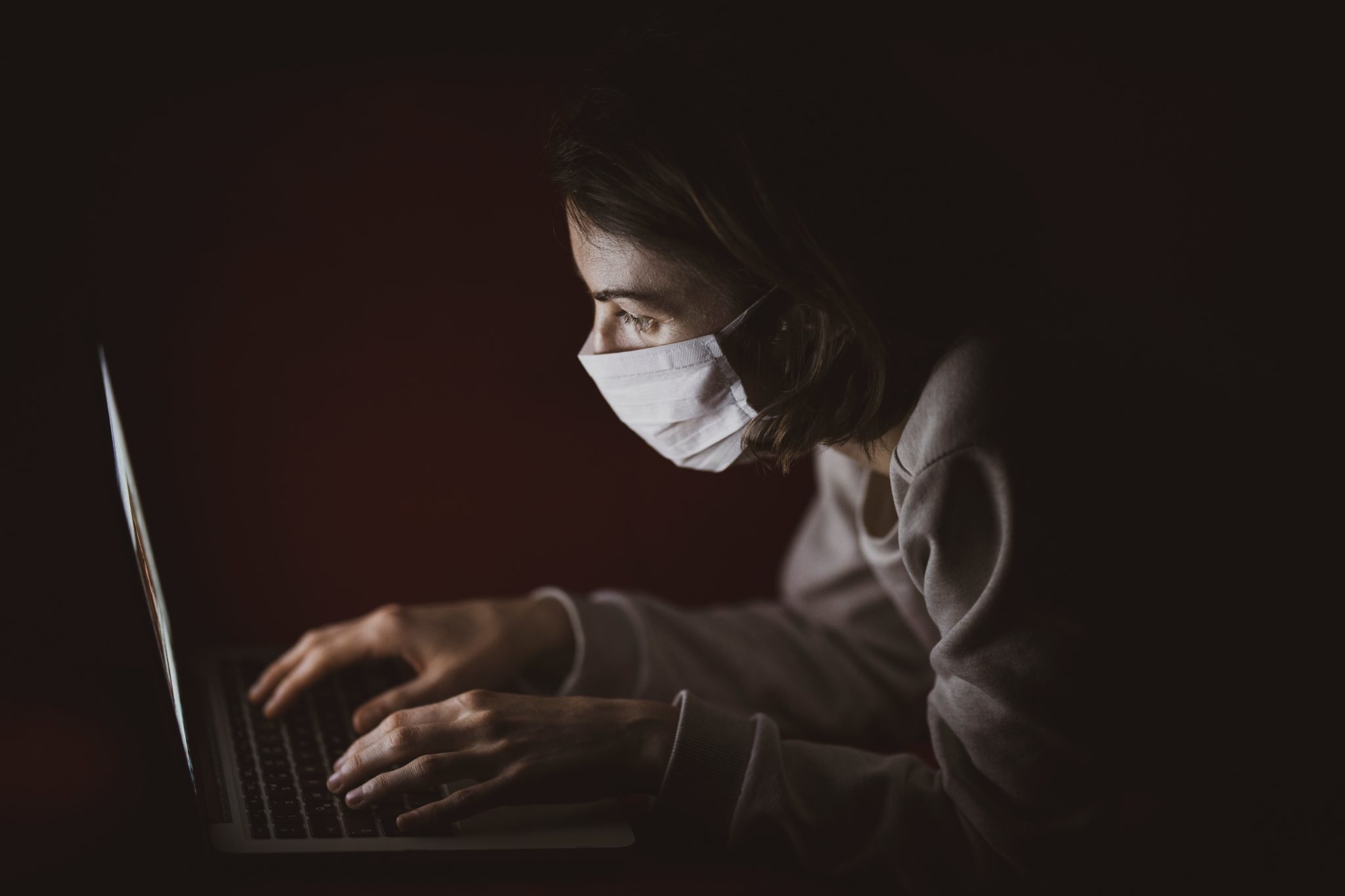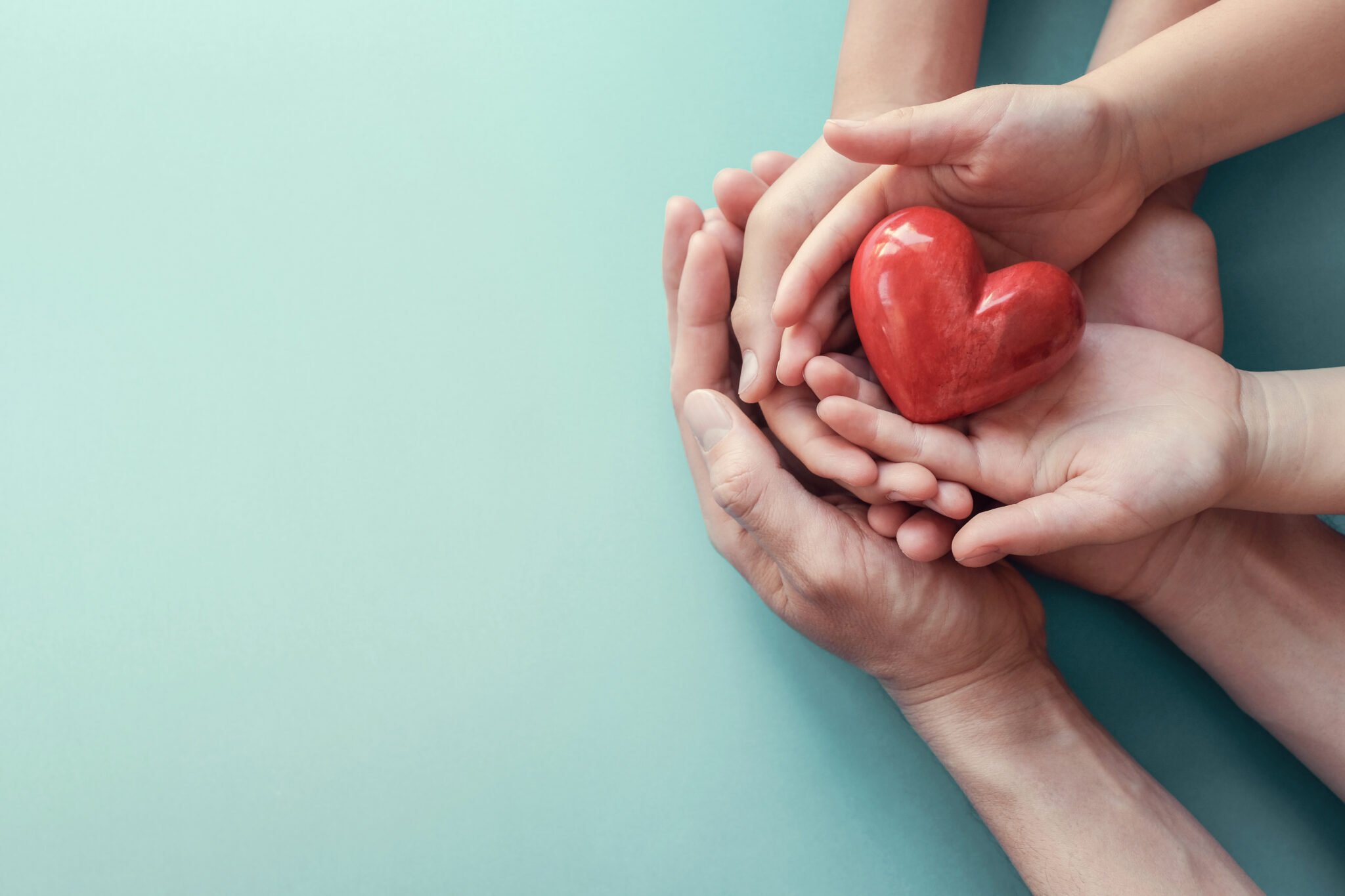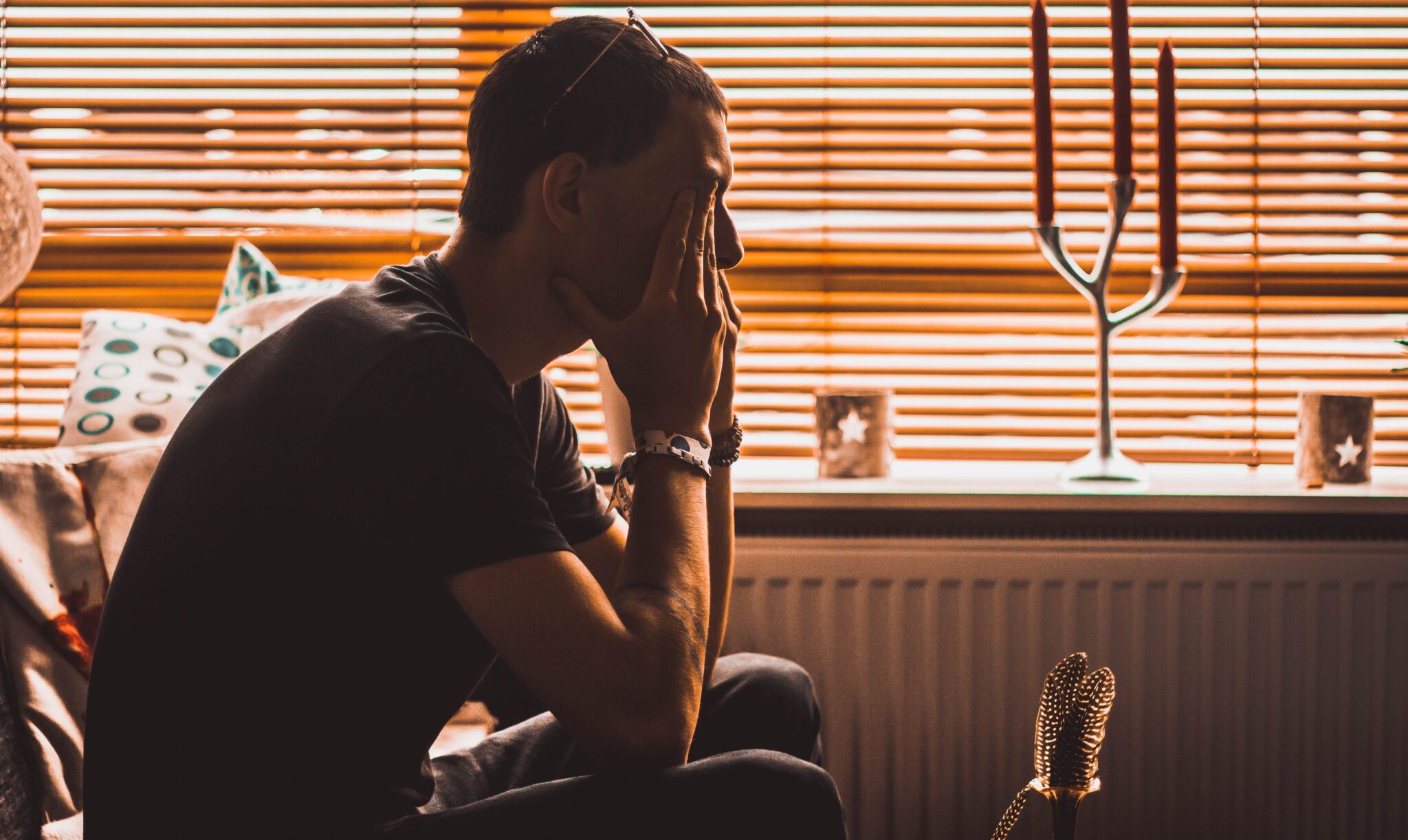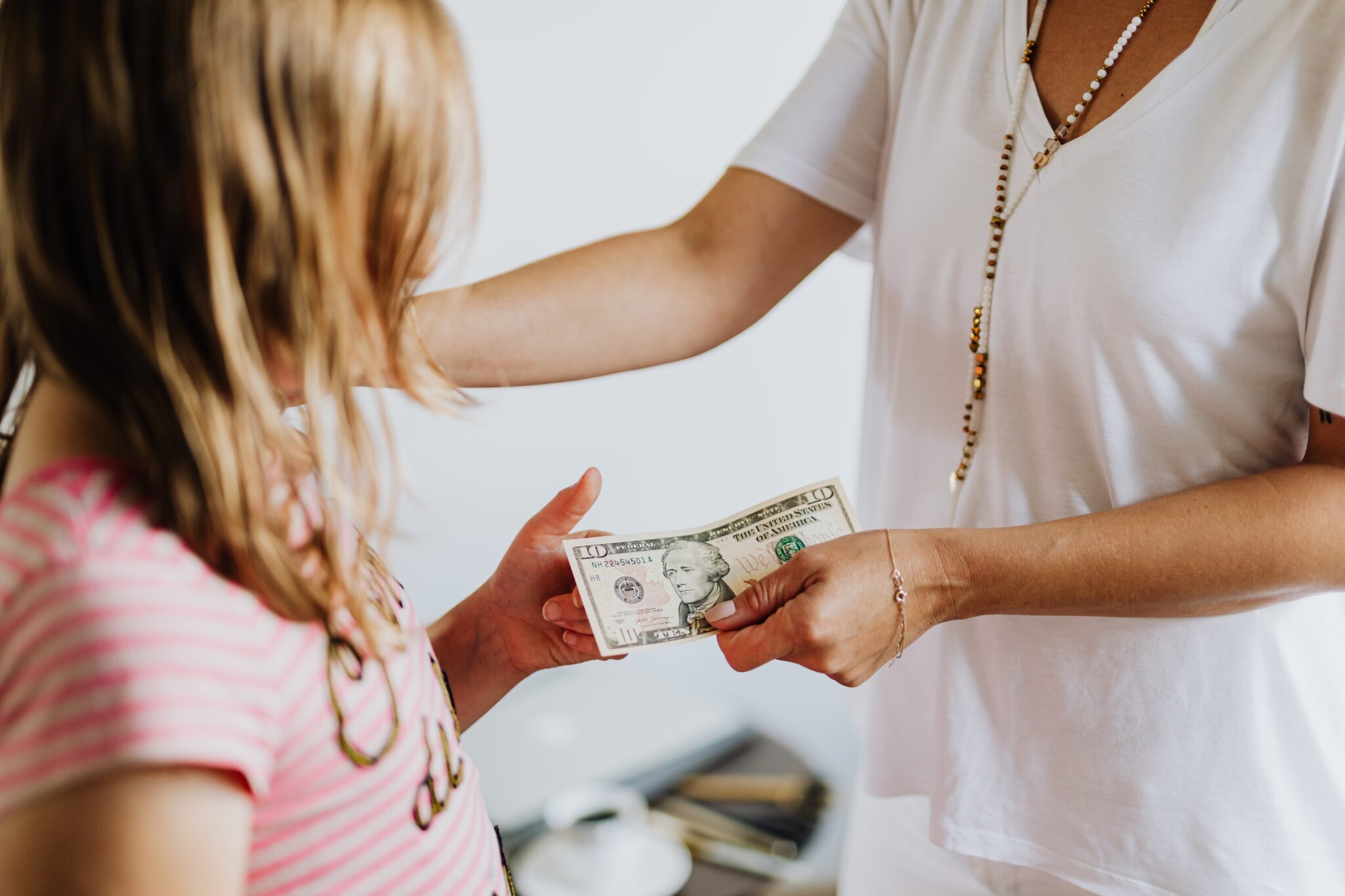Mourning in America has changed forever as a result of COVID-19. The pandemic has upended traditional sympathy practices and forced Americans to confront death and dying in new ways. When the government stopped funerals, Shivas and other traditional mourning practices, it forced people to rethink how to mourn and, equally important, how to support those mourning. At 1-800-Flowers.com, we wanted to better understand what was happening. In conversations with industry leaders and businesses, we learned that some of the key trends include an incorporation of technology, an increase in cremations and an increasing reliance on funeral directors for all aspects of grieving.
Technology has become an integral part of sympathy moments, shared industry leaders. New research by The Foresight Companies reveals that live-streaming of funeral services may be the norm going forward, even as the country begins to open up. And nearly half of NFDA-member funeral homes have started offering livestreaming options since the onset of COVID-19. This offering has led to growing accessibility for loved ones who are unable to be physically present for a service. Interestingly, 40 percent of consumers expect livestreaming of services to continue permanently, but only 21 percent are willing to pay extra for it. So, funeral homes may be expected to include this new service at no additional charge.

But there is more happening than that. Garrick Colwell, a cofounder of Kitchen Table Conversations, an Austin, Texas-based nonprofit that offers advance care planning and grief education workshops sponsored by AARP, said he’s responding to the current demand for information with free weekly workshops focused on COVID-19. And organizations are hosting virtual living funerals for people who want to experience their funeral before they die.
While technology is changing the way we mourn, so too are traditional funeral practices changing. Cremations are on the rise. In 2015, the national cremation rate surpassed the burial rate for the first time in U.S. history. And in 2020, the projected burial rate was down to 37.5 percent and projected cremation rate was up to 56 percent (up 8.1 percent from 2015). This preference is predicted to only strengthen; projections for 2025 indicate that the burial rate will be 30.6 percent and the cremation rate 63.3 percent (up 15.4 percent from 2015). And Anthony Kaniuk, director of industry relations at the National Funeral Director Association, shared that in a survey of his members conducted in August 2020, about 61 percent of members indicated their rate of cremation had increased over the previous year (19 percent significantly increased, 42 percent somewhat increased). However, there’s no way to know whether this is a temporary shift due to the pandemic or if it’s a permanent acceleration of a trend we were already seeing.
Cremations are rising in relevance for a number of reasons. Cremated remains are mobile, being a primary one. If family members live far away from one another, they can split the ashes of their loved one or spread them in a number of sentimental places. And cremations cost less. While the cost of the services for cremations and burials are similar—particularly if a family choosing cremation elects to embalm—burials come with extra fees for a casket, grave digging and even concrete reinforcements in the ground. Those extra fees can cost thousands of dollars, whereas cremation alone costs an average of $1,600.

Finally, funeral directors are becoming more relied upon to assist in funeral planning. “Throughout the COVID-19 pandemic, funeral directors have been an invaluable part of the community, providing constant support and flexibility as families make already difficult decisions under seemingly impossible circumstances,” said 2019-2020 NFDA president Bryant Hightower, CFSP. “There was and is no road map for funeral directors during this unprecedented time, but they have undoubtedly risen to the occasion and adjusted their services to meet the moment.” Nearly 900 funeral professionals from across the country volunteered to assist funeral directors and others with respectfully caring for the dead in hotspots, like New York and Michigan, when they were experiencing spikes in COVID-related deaths. And they weren’t just connecting people with funeral directors. Anthony Kaniuk shared that “they were getting more involved with catering, where it’s appropriate, and helping families through the whole process.” Even we are seeing more food-related funeral gifts as people opt to send chocolates, cheeses and fruits over flowers.
When my kids were younger, I used to say that if they needed help to seek out a florist. Florists are good people with deep ties to the community. Kaniuk said that he used to share similar advice with his kids—except he directed them to seek out funeral directors: “They are people, they are pillars in their community, they know everyone, they are in a helping profession, so they go out of their way to help, and they consider themselves part of a fraternity community.”
Even when the pandemic abates, which hopefully will be soon, I believe that many of these trends will persist. Technology updates never historically reverse. Cremation, ultimately, is driven by factors like cost, environment, preference and mobility. Funeral directors are essential service workers who are critical allies in our grief. Yet, I do have one caveat: As people become able to congregate, and it is safe to do so, I believe we will see more people attending funerals in person again. Grief is hard. Community gatherings, now digitally and in the future in person, are one of the few proven ways to help abate our grief. “Communal grieving offers something that we cannot get when we grieve by ourselves,” notes Sobonfu Somé, an expert on spirituality. “Through acknowledgement, validation and witnessing, communal grieving allows us to experience a level of healing that is deeply and profoundly freeing.”







